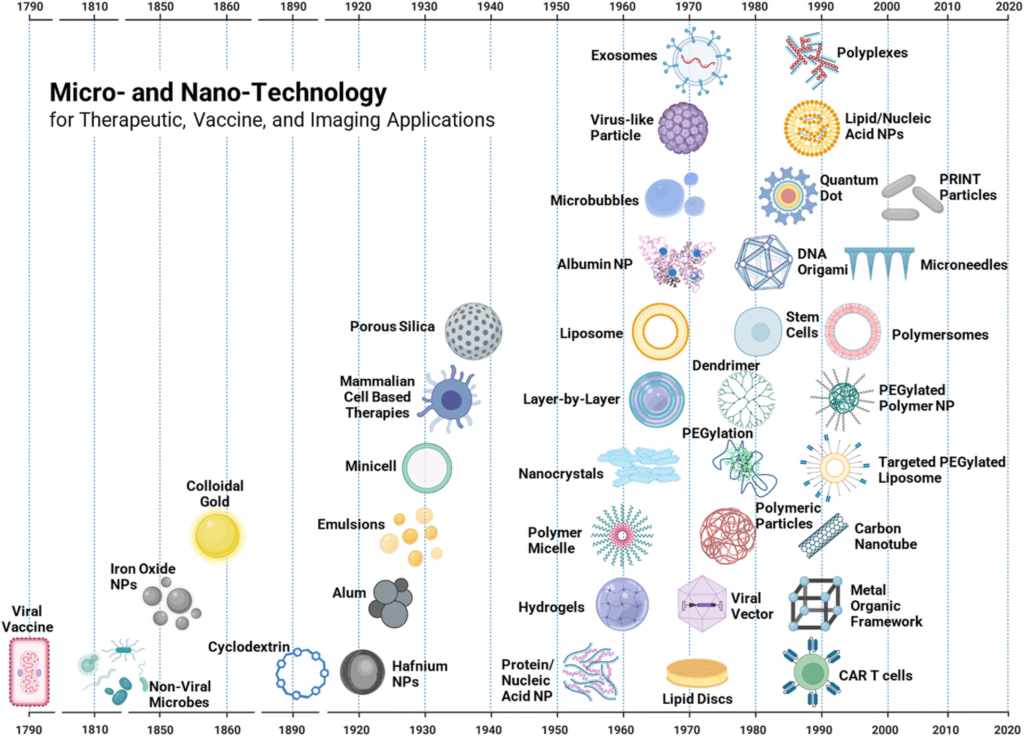A mannosylated polymer with endosomal release properties for peptide antigen delivery
The University of Washington introduces Man-VIPER, a self-assembling, pH-sensitive, mannosylated polymeric peptide delivery platform that targets dendritic cells in the lymph nodes, encapsulates peptide antigens at physiological pH and facilitates the endosomal release of antigens at acidic endosomal pH through conjugated membranolytic peptide melittin. In vivo, the Man-VIPER polymer demonstrated an adjuvant effect and induced the proliferation of antigen-specific cytotoxic T cells and helper T cells compared to free peptides and Man-AP. The antigen delivery with Man-VIPER-NR generated significantly more antigen-specific cytotoxic T cells than Man-VIPER-R in vivo. and Man-VIPER-NR exerted superior efficacy in a B16F10-OVA tumor model. These results highlight Man-VIPER-NR as a safe and powerful peptide cancer vaccine platform for cancer immunotherapy.
Dinh Chuong (Ben) Nguyen, Tran Luu, Omeed Yazdani, Patrick Stayton and Suzie Pun
See the full article here: A mannosylated polymer with endosomal release properties for peptide antigen delivery










